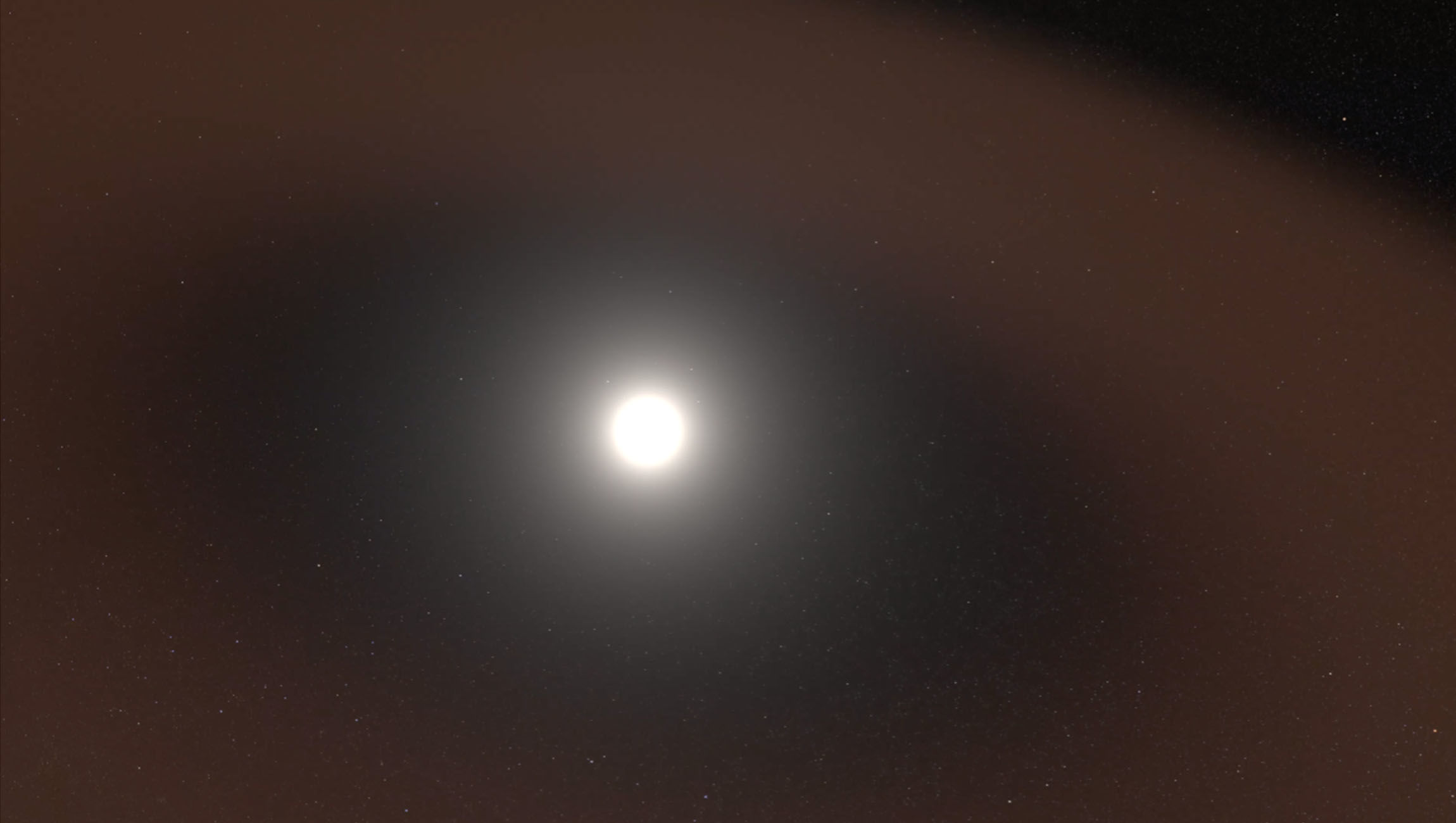Create a free profile to get unlimited access to exclusive videos, sweepstakes, and more!
Saturn can take a backseat — did NASA just find rings around the Sun?

Think of just one stereotypical object in space with rings and Saturn is probably what comes to mind. While Saturn’s rings are glaringly obvious and hide enough of their own weirdness, not all celestial rings prefer to be so flashy.
The sun is already a cosmic disco ball, but its blinding brightness outshining everything isn’t the reason that scientists haven’t been able to back up the possible existence of rings in its atmosphere until now. Observations by NASA’s Parker Solar Probe have now revealed that there is much less cosmic dust close to the sun. Parker’s Wide-Field Imager for Solar Probe (WISPR) instrument was able to eyeball this phenomenon. If future flybys find multiple dust-free zones, that could prove the spaces in between are dust rings.
"This dust-free zone was predicted decades ago, but has never been seen before," said WISPR principal investigator Russ Howard, of the Naval Research Laboratory in Washington, D.C. "We are now seeing what's happening to the dust near the Sun."
Cosmic dust, the remnants of epic crashes from which planets, stars, comets and asteroids were born after the Big Bang, is floating all over our solar system. It gets everywhere like glitter. Suspected for years by scientists, the dust-free zone is thought to be a region relatively close to the Sun where the dust would be roasted by extreme solar temperatures, which would eventually morph it into a gas and leave behind a clearer piece of sky. WISPR found that space dust in the proximity of the Sun starts to thin out at about 7 million miles away. As the probe approached, it saw even less dust at 4 million miles.
What WISPR observed at these distances was “…a decrease in the intensity of the F-coronal intensity, which is suggestive of the long-sought dust free zone,” said astrophysicists R.A. Howard and Angelo Vourlidas in a study recently published in Nature, who added that “Previous observations of dust scattering have not confirmed the existence of the theoretically predicted dust-free zone near the Sun.”
The Sun’s corona is its upper atmosphere, a fiery halo of superhot plasma that is eventually carried into space via solar winds. Photospheric light (light that comes from the photosphere or visible surface of the sun) in the corona is scattered by dust in the F-corona, as opposed to the K-corona, where electrons scatter that light instead. Because the corona is invisible to the naked eye, and you’d probably go blind from trying to see it unless you can get a glimpse during a solar eclipse, scientists rely on images such as those beamed back to Earth by the Parker Solar Probe.
Parker imaged the corona during its first two ten-day perihelion passes, the perihelion being the point in its orbit closest to the sun. It had quite a view. While it could see things telescopes and satellites can see from further out in space and even from Earth, it was able to see the decrease in F-coronal light intensity that Howard and Vourlidas mentioned, which is indicative of a dust-free zone. If there are multiple dust-free or minimal-dust zones around the sun, then that means one thing—rings of dust in between.
WISPR will start finding out more about this during its next perihelion next year, and could possibly prove there are rings around the Sun by 2024, the same year the Moon will share the spotlight if NASA gets everything together.
(via NASA)














